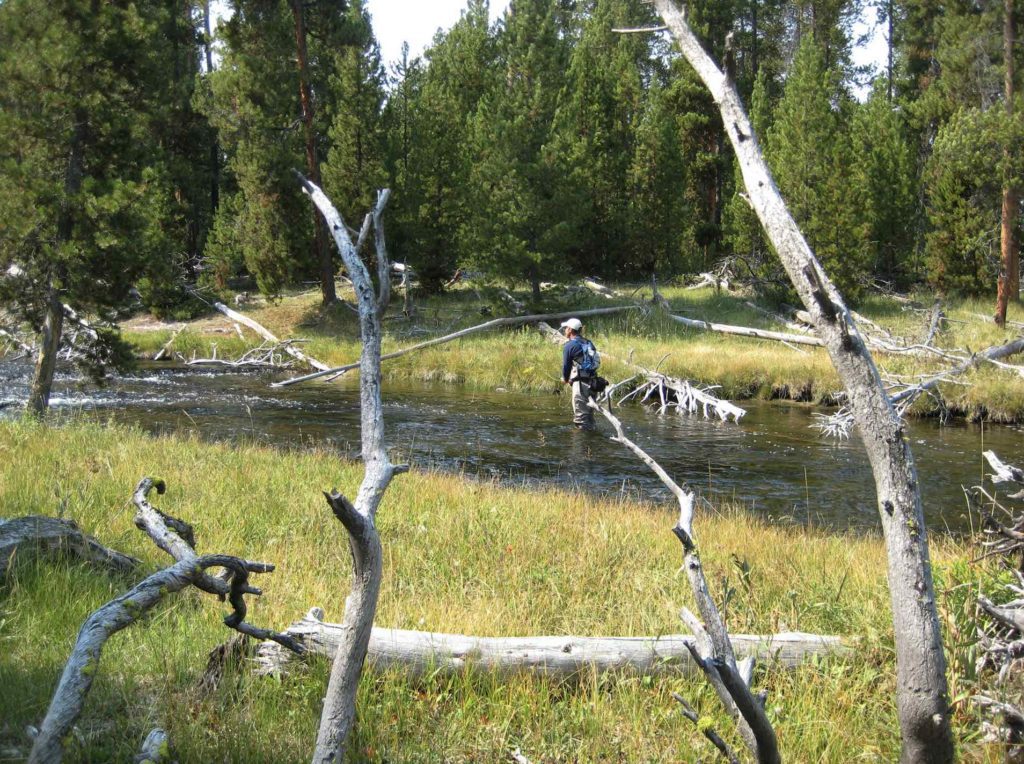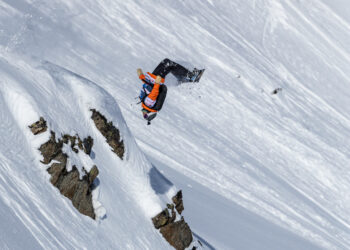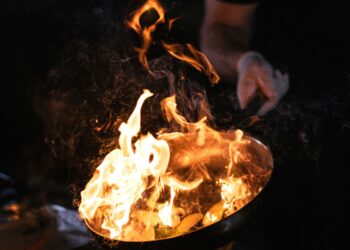By Patrick Straub EBS FISHING COLUMNIST
Simply put, the powder we enjoyed throughout the winter is leaving. It is leaving as snowmelt runoff in most of our local rivers and creeks. Runoff, like taxes and death, is inevitable. The questions that linger each year in early June are when will runoff begin—we know that already now—and how long will it last—which we are not sure of yet.
We were blessed with above average snowpack throughout our local river basins as the Gallatin, Madison and Yellowstone basins are all harboring plenty of snow. With fields lush and green and rivers running high, at the moment we’ve got plenty of water in Montana. So, it may be a long time before we can get back to fishing, right?
Well, maybe or maybe not. Here’s my quick take on some of our local fishing options for the next few weeks.

Gallatin River
Historically the river crests sometime around June 8, 9 or 10. And within a week after cresting the river can be clear enough on the edges to catch some fish. Fishing when the river is that high—usually 3,000 cubic feet per second in streamflows—is very unsafe. It can be done, but, it is not recommended.
For 2019, I am predicting by June 20, the Gallatin River will be a safe, local option. If daytime highs in the mid-70s hold and sunny days outnumber cloudy days, that could push up to June 15. Check with your favorite local fly shop in Big Sky for daily updates.
Madison River
Because the river flows out of Hebgen Dam and also through Quake Lake, rarely is there a day when some part of the Madison is too muddy or unsafe to fish. The main culprits for muddy snowmelt runoff are Cabin and Beaver creeks and the West Fork of the Madison. Cabin and Beaver meet the Madison above Quake Lake and much of the muddy water settles in Quake Lake. The West Fork can run dirty enough through early June to affect fishing. By mid-June, however, river clarity above and below the West Fork should provide enough visibility along the edges of the river to fish, and fish well.
Last year was a good water year on the Madison and above-average snowpack and a cold, wet spring in 2019 have the Madison River primed for a solid June. Just be patient as we’re still probably 10 days to two weeks from the entire river coming into play. It may be big and fast through much of June, but, it should be fishable.
Yellowstone River
We are still at least a month or more from the Yellowstone being a viable option. But, with the snowpack heavy, the first few weeks of July should provide some exciting hatches of salmon flies and golden stoneflies.
Missouri River
Both sections of the Missouri—below Holter and Hauser dams—will be running high as releases from the respective dams will be large. However, the water remains clear and adventurous wading anglers or anglers with access to boats or guides can experience plenty of hungry fish.
Mostly a deep-nymphing game, these tailwater trout congregate in specific spots and weighted two-fly rigs are the norm. Craig and Wolf Creek have plenty of happening spots to see and be-seen, so, if you want to be social and catch plenty of fish and see what everyone else is doing, the Missouri is a very good option.
Firehole and Gibbon rivers
These two smaller Yellowstone National Park rivers create the Madison River. But they are both worthy in their own right. They will be running high, but clear, in the coming weeks and are the best options for wade anglers. Hatches of mayflies and caddis provide dry-fly anglers opportunities that do not exist elsewhere. A reach cast, some 5X, and your favorite size 16 dry fly will provide some enjoyment for sure.
Early June is like middle school in the life of a young boy—it has to happen and it kind of sucks while it is happening, but if you just fumble your way around enough, you can get something out of it. Fortunately, unlike middle school, runoff’s duration is short, lasting at most a total of two to three weeks. And, for those anglers willing to try new things or seek out local advice, there is always someplace nearby to fish.
Patrick Straub is a 20-year veteran guide and outfitter on Montana’s waters and has fished the world over. He is the author of six books, including “The Frugal Fly Fisher,” “Montana on the Fly” and “Everything You Always Wanted to Know About Fly Fishing” and has been writing The Eddy Line for seven years.














